Replacing an old axe handle is a crucial skill for anyone who regularly uses axes and hatchets. Whether you're an avid camper, a professional woodworker, or simply someone who appreciates well-maintained tools, knowing how to safely remove and replace an axe handle can extend the life of your favorite cutting implements. This process involves more than just yanking out the old handle; it requires careful preparation, the right tools (including hand saws and sharpening tools), and a bit of patience. In this article, I'll walk you through the step-by-step process of safely removing an old axe handle, from popular brands like Hultafors axes to your trusty backyard hatchet. Keep reading to learn how to breathe new life into your cherished cutting tools with fresh hatchet and axe handles.
Preparing to Remove the Old Axe Handle

Before I dive into replacing my hatchet and axe handles, I always make sure I'm fully prepared. Whether it's a trusty Fiskars collection hatchet or a hefty felling axe, the process starts with gathering the right tools including sharpening tools and safety gear. I've learned that securing the axe head properly is crucial – it prevents accidents and makes the job easier. I also take a moment to check the old handle's condition. This step is vital, especially if I've been using my axe for wood splitting or if it's seen better days after countless sharpening sessions on my tormek sharpening system. A thorough assessment helps me understand what I'm dealing with and how to proceed safely.
Gather All Necessary Tools and Safety Equipment
I always start by gathering my essential tools: a hammer, wooden wedges, chisel, and safety glasses. My trusty leather work gloves are a must-have for protection. I prefer hickory for axe and hatchet handles due to its durability, though the unit price can be higher than other woods. The total price of my tool kit, including sharpening tools, hand saws, and hultafors axes, is a worthwhile investment for maintaining my axes safely and effectively.
Secure the Axe Firmly in a Vise or Clamp
I always secure my hultafors axes firmly in a vise or clamp before starting the hatchet and axe handles removal process. This step is crucial for safety and precision, allowing me to work like a seasoned lumberjack. While a good vise might set me back a few USD, it's worth every penny when I'm swinging my hammer with confidence, knowing the axes and hatchets won't budge.
Assess the Condition of the Old Axe Handle for Safety
I always take a close look at my old axe handle before removal. I check for cracks, splits, or signs of rot that could make the handle break unexpectedly during the removal process. This quick inspection helps me decide if I need to take extra precautions or adjust my approach to safely get the old handle out.
Cutting Away the Old Axe Handle

Once I've secured my axe and assessed the old handle, it's time to cut it away. This part requires precision and patience. I start by marking a clear cutting line just below the axe head. Then, I carefully saw through the handle, making sure not to damage the metal. After that, I remove as much wood as possible around the head. This process can be tricky, but it's crucial for a clean removal. I've found that taking my time here makes the rest of the replacement much smoother.
Mark the Cutting Line Below the Axe Head
I always start by marking a clear cutting line just below the axe head. This step is crucial for a clean and safe removal. I use a marker or pencil to draw a straight line around the handle, making sure it's visible from all angles.
Use a Saw to Carefully Cut Through the Handle
I grab my trusty saw and start cutting through the handle at the marked line. I keep my movements steady and controlled, ensuring I don't slip and damage the axe head. As I work my way through, I periodically pause to check my progress and adjust my angle if needed.
Remove as Much Wood as Possible Around the Head
After sawing through the handle, I focus on removing as much wood as possible around the axe head. I use a chisel to carefully chip away the remaining wood, working slowly to avoid damaging the metal. This step is crucial for creating a clean surface for the new handle to fit snugly.
Drilling Out the Remaining Wood

Now that I've cut away most of the old handle, it's time to tackle the stubborn bits still lodged in the axe head. Drilling out this remaining wood is a delicate process that requires precision and patience. I've found that choosing the right drill bit size is crucial for effective removal without damaging the metal. Once I've drilled multiple holes into the wood, I use a chisel to pry out the loose pieces. This method has never failed me, and it ensures a clean eye for fitting the new handle.
Choose the Right Drill Bit Size
I always pick a drill bit that's slightly smaller than the eye of the axe head. This ensures I don't accidentally damage the metal while removing the old wood. I've found that a 1/4-inch or 3/8-inch bit usually does the trick, but I always double-check before drilling.
Drill Multiple Holes Into the Remaining Wood in the Axe Head
I carefully drill multiple holes into the remaining wood in the axe head, working in a circular pattern. This technique helps weaken the wood structure, making it easier to remove. I take my time, ensuring I don't drill too deep or damage the metal eye of the axe head.
Use a Chisel to Remove Loose Wood Pieces
After drilling, I grab my chisel and carefully pry out the loose wood pieces. I work slowly, applying gentle pressure to avoid damaging the axe head. This step requires patience, but it's satisfying to see the old wood come out cleanly, leaving the eye ready for the new handle.
Cleaning the Axe Head
After removing the old handle, I always take time to clean the axe head thoroughly. This step is crucial for ensuring a proper fit and long-lasting bond with the new handle. I start by inspecting every nook and cranny for leftover wood bits. Then, I grab my trusty fine-grit sandpaper to smooth out the inside of the axe eye. If I spot any rust, I don't hesitate to apply a good rust remover. This cleaning process might seem tedious, but it's essential for maintaining my axe's performance and longevity.
Inspect the Axe Head for Any Remaining Wood
I always take a close look at the axe head after removing the old handle. Using a bright light, I carefully inspect every nook and cranny of the eye for any lingering wood fragments. If I spot any stubborn bits, I gently scrape them out with a small wire brush or pick. This thorough check ensures a clean surface for the new handle to fit snugly.
Use Fine-Grit Sandpaper to Clean the Inside of the Axe Eye
I grab my fine-grit sandpaper and gently smooth the inside of the axe eye. This step removes any small wood fibers or debris that might have been missed earlier. I make sure to sand evenly, paying special attention to any rough spots or areas where the old handle was particularly stubborn.
Apply Rust Remover if Necessary
If I spot any rust on the axe head, I don't hesitate to tackle it. I apply a quality rust remover, following the product instructions carefully. After letting it sit for the recommended time, I scrub the affected areas with a wire brush, then wipe clean with a rag. This step not only improves the axe's appearance but also prevents further corrosion, ensuring my tool stays in top shape for years to come.
Selecting a New Axe Handle

After removing the old handle, it's time to choose a new one. This is a crucial step that can make or break the performance of my axe. I always consider three key factors: the type of wood, the fit, and the grain orientation. Each element plays a vital role in ensuring my axe handle is strong, durable, and perfectly suited for the job. Let's dive into these considerations that guide my selection process.
Consider the Type of Wood for the New Handle
I always opt for hickory when choosing a new axe handle. Its strength, shock absorption, and durability make it ideal for the job. While other woods like ash or oak can work, I've found hickory to be the most reliable choice for my axes, ensuring they'll stand up to years of heavy use.
Ensure the Handle Fits the Size and Shape of the Axe Head
I always take my axe head to the store when buying a new handle. This ensures I get the perfect fit, as even slight variations can affect performance. I look for a handle that matches the eye size and shape, making sure it's snug but not too tight.
Evaluate the Grain Orientation for Durability
I always check the grain orientation when picking a new axe handle. I look for straight grain that runs parallel to the length of the handle, as this provides the best strength and resistance to breaking. Handles with grain running at an angle or with knots are weaker and more prone to splitting, so I avoid those.
Fitting the New Handle to the Axe Head

Now that I've got my new handle ready, it's time to fit it to the axe head. This step requires precision and patience. I start by carefully inserting the handle into the eye, making sure it's aligned correctly. Then, I use a wooden or rubber mallet to tap it into place, ensuring a snug fit. Once it's securely in, I trim any excess wood sticking out from the top. This process might take a few tries to get just right, but it's crucial for a safe and effective axe.
Secure the New Handle in the Axe Head
I carefully slide the new handle into the axe head, ensuring it's aligned properly. Using a wooden mallet, I gently tap the handle further into the eye, making sure it's snug but not forced. I check the alignment frequently, adjusting as needed until the handle sits perfectly in the axe head.
Use a Wooden or Rubber Mallet to Fit the Handle Snugly
I always reach for my trusty wooden mallet when fitting a new handle to my axe head. With precise, controlled taps, I gently coax the handle into place, making sure it's snug but not forced. I take my time, alternating between tapping and checking the fit, until the handle sits perfectly in the eye of the axe head.
Trim Excess Handle Protruding From the Top
Once I've secured the handle in the axe head, I check for any excess wood sticking out from the top. If there's more than a quarter-inch protruding, I grab my saw and carefully trim it down. I make sure to cut straight across, keeping the top of the handle flush with the axe head for a clean, professional look.
Conclusion
Safely removing an old axe handle is a crucial skill for any axe owner. This process ensures your tool remains safe and effective, preventing accidents and extending its lifespan. By following the step-by-step guide, you'll learn to properly assess, remove, and replace your axe handle with confidence. Mastering this skill not only saves you money on replacements but also deepens your connection with your trusted tool, making you a more capable and responsible axe user.


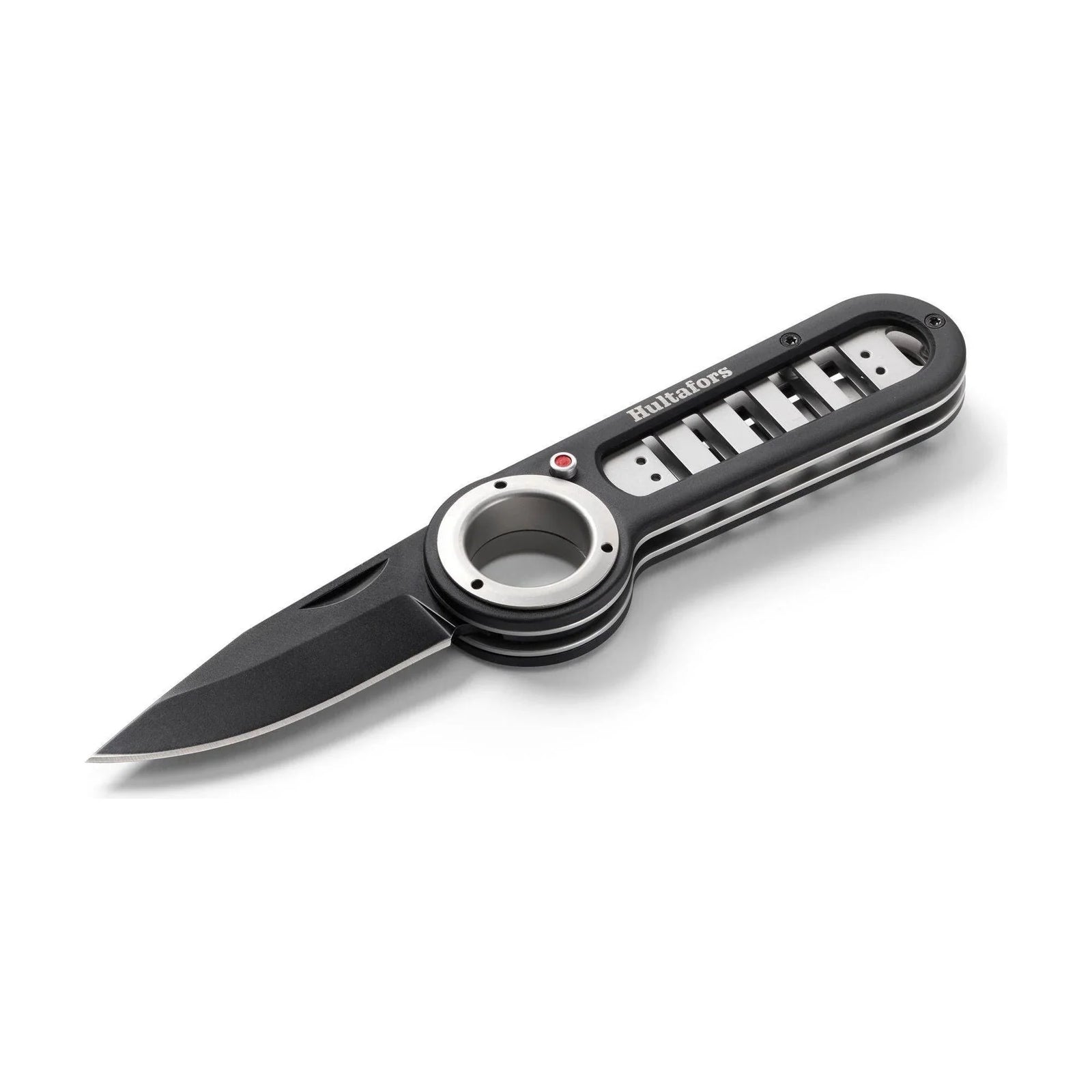
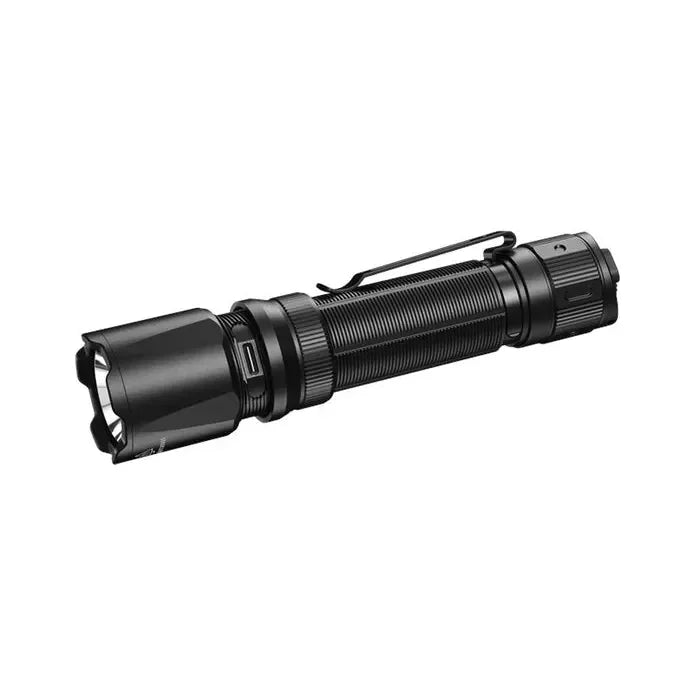
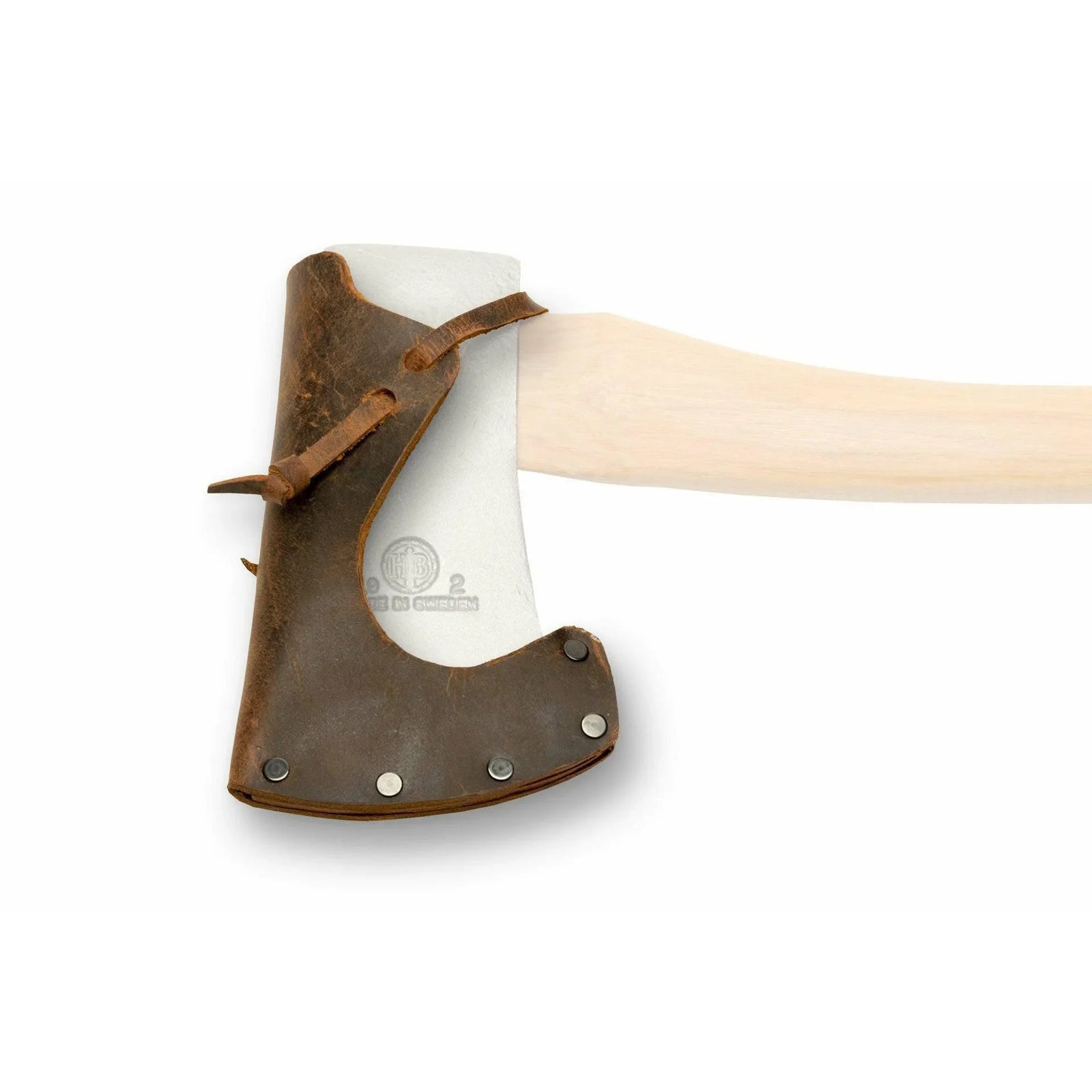
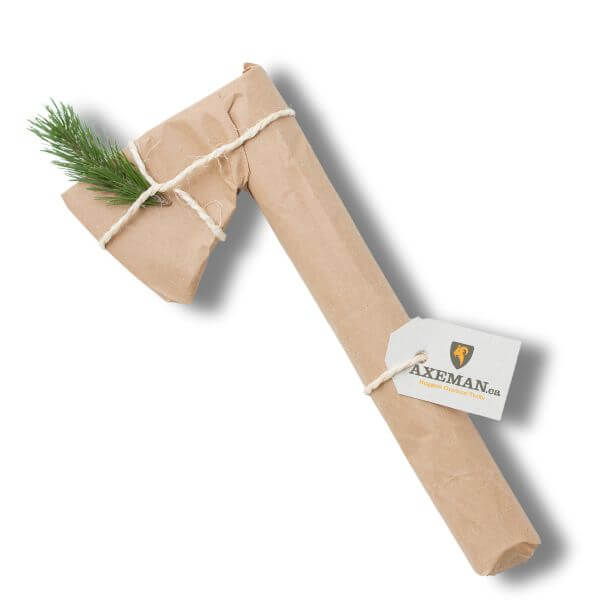

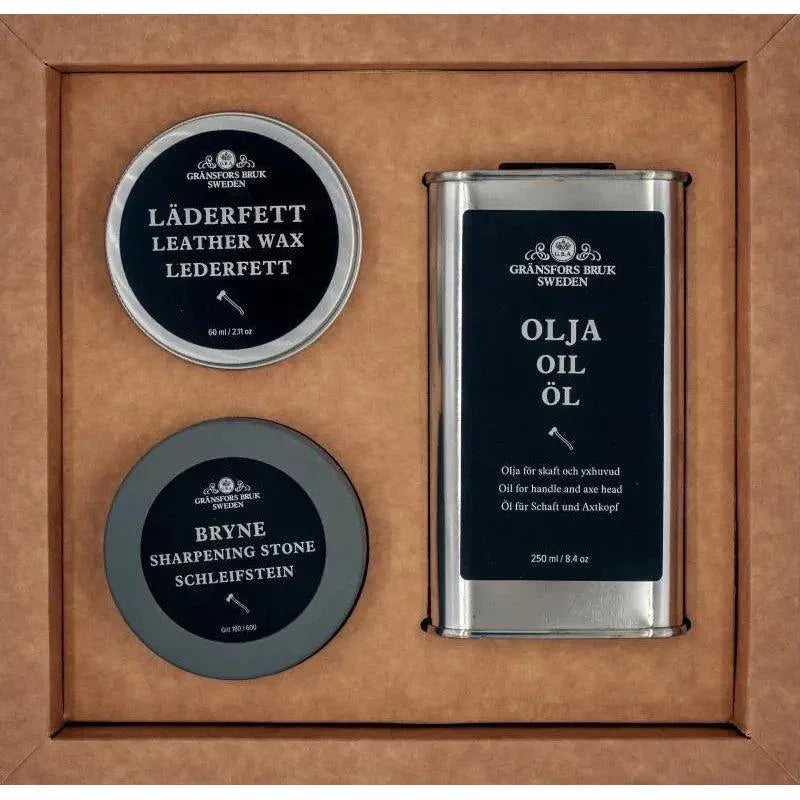
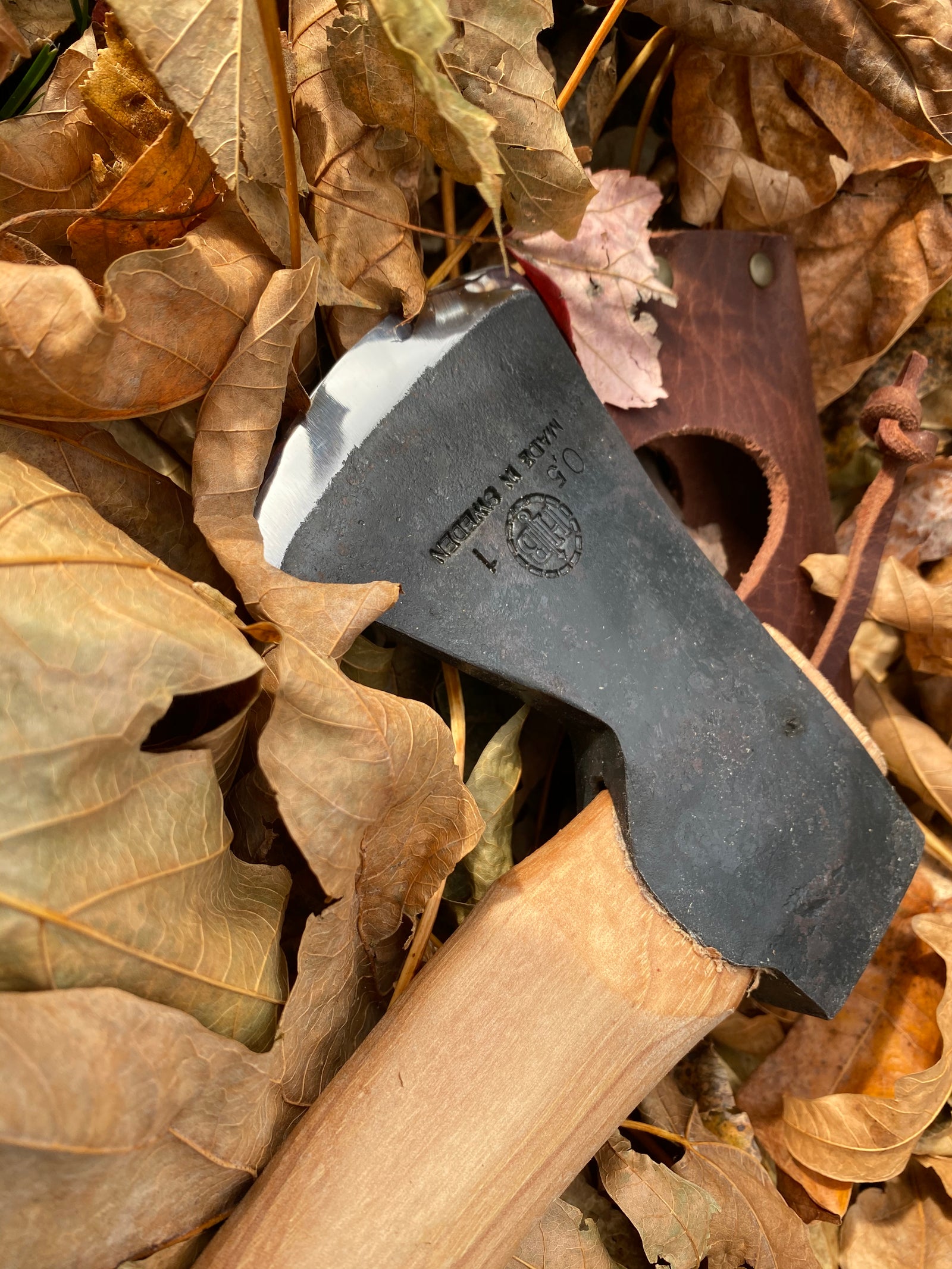



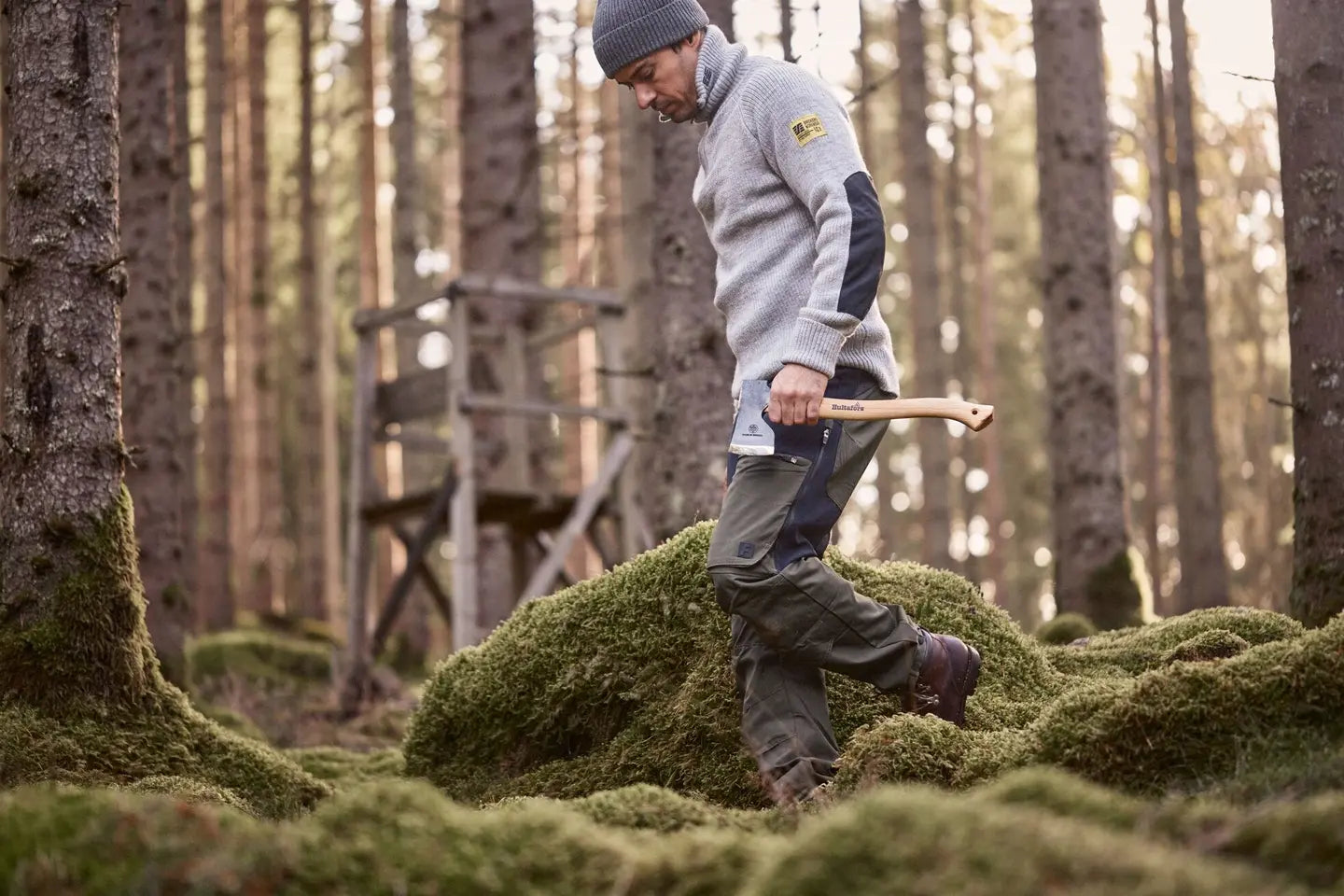
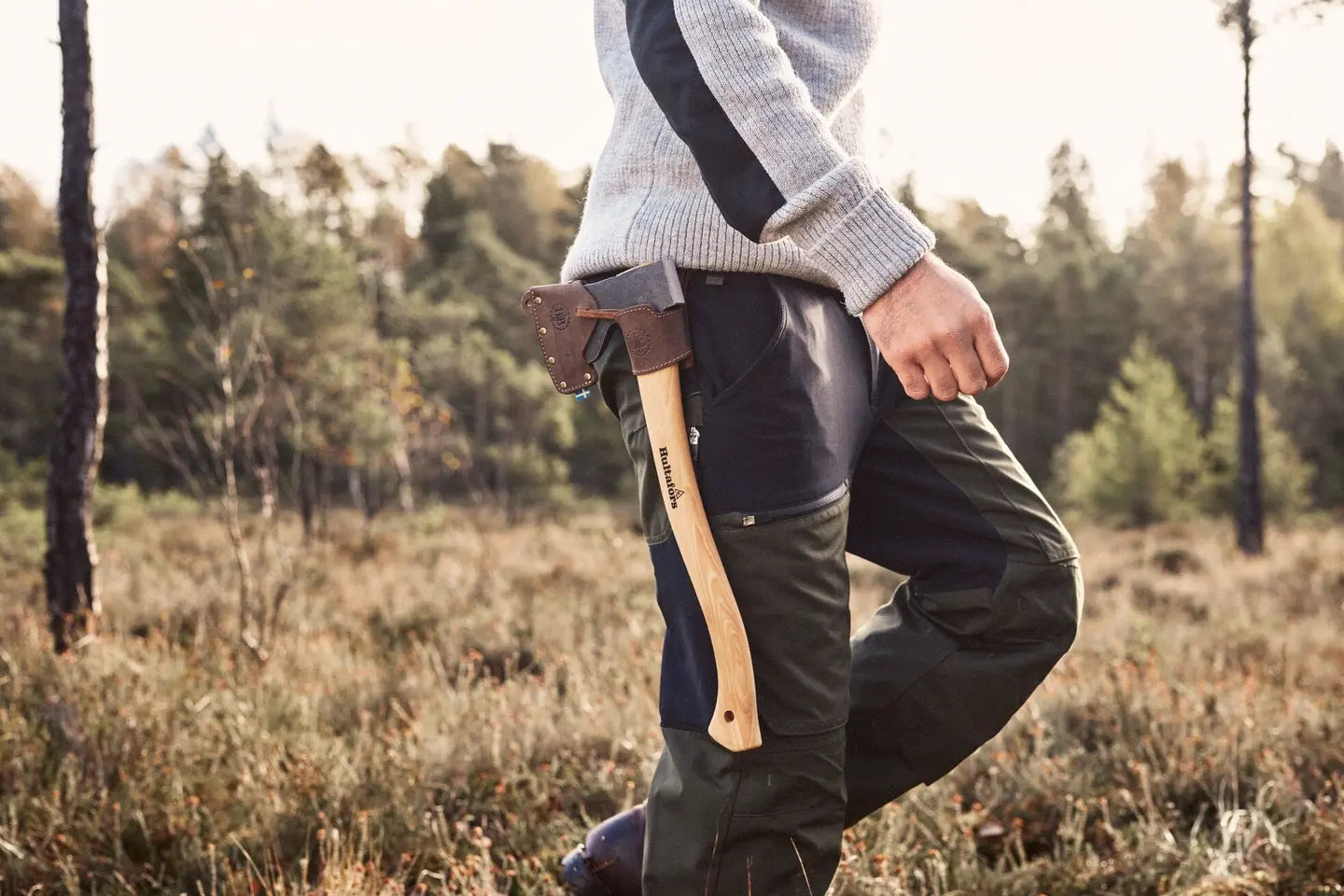
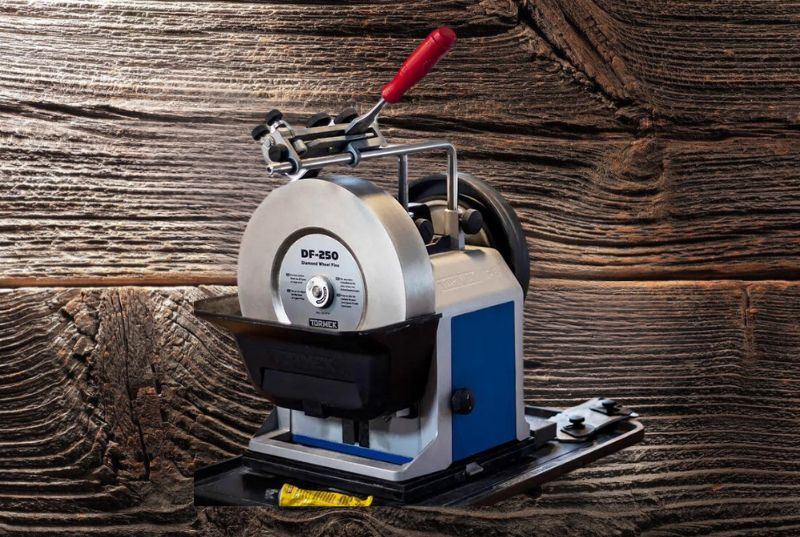
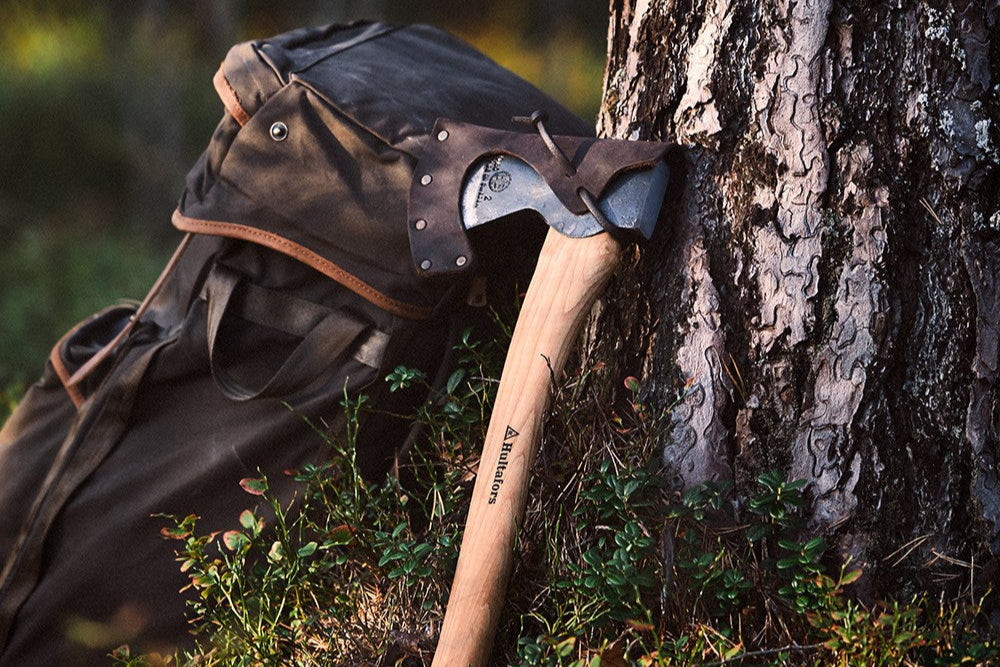

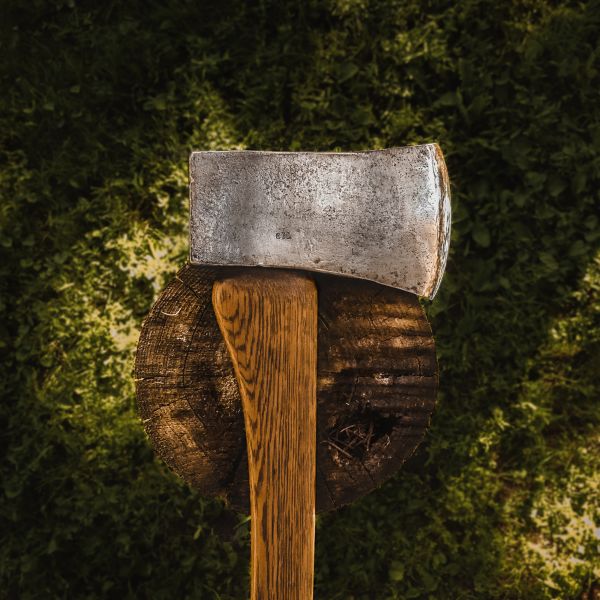


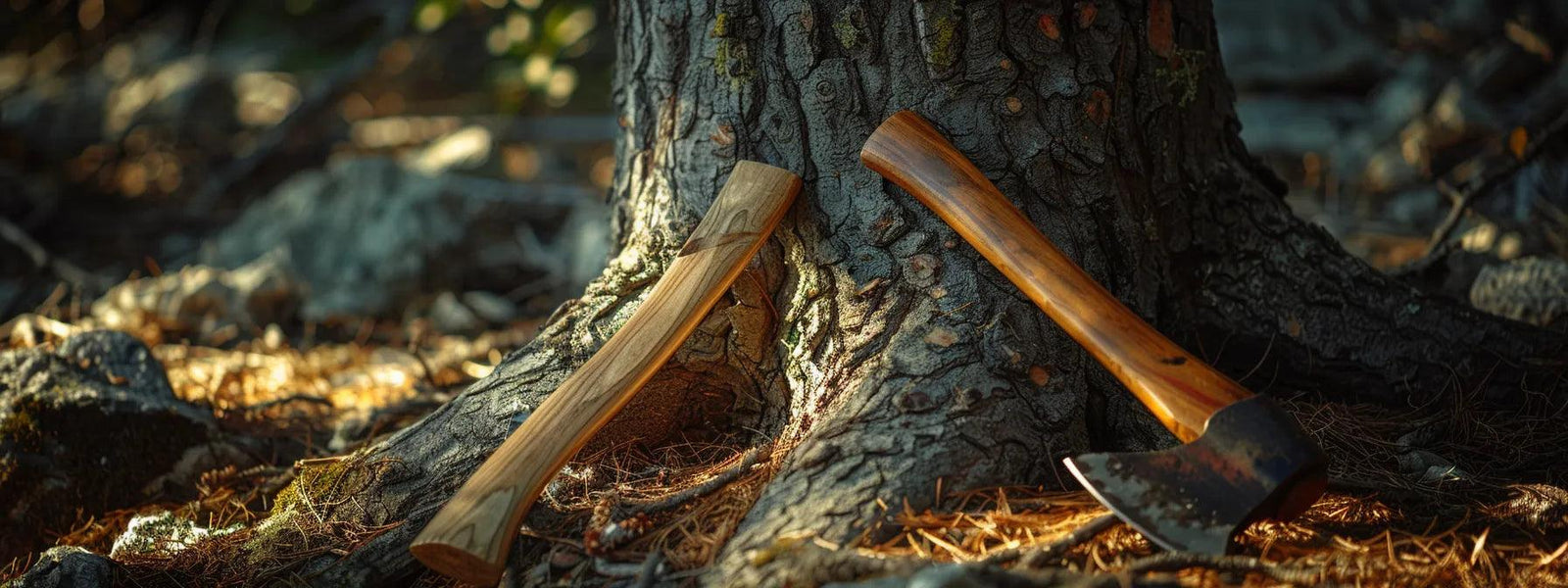



Leave a comment (all fields required)